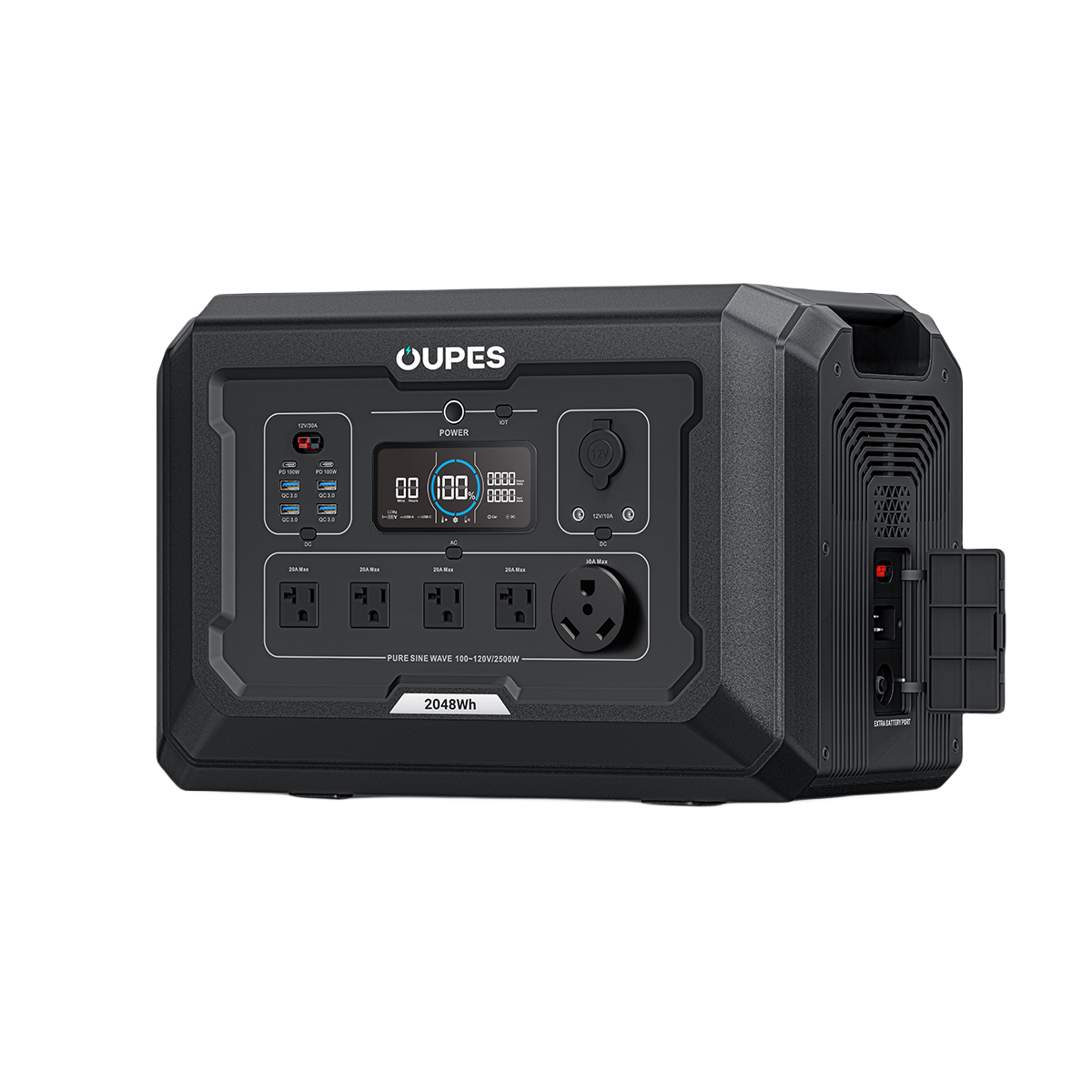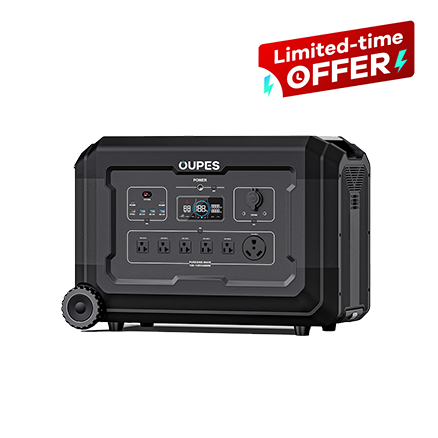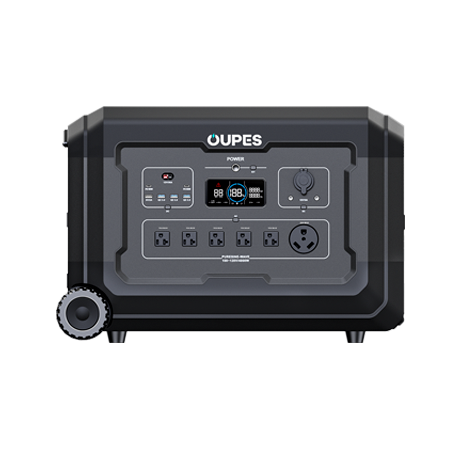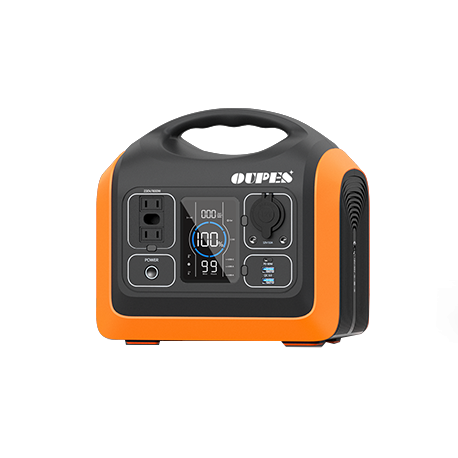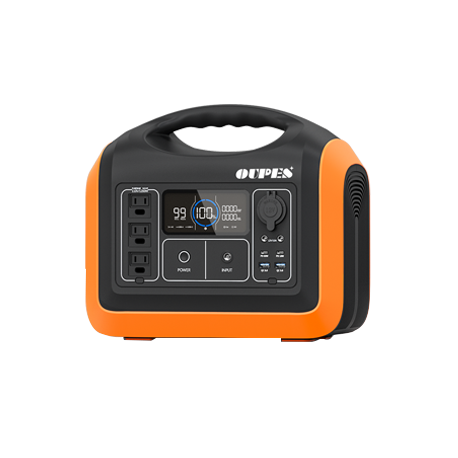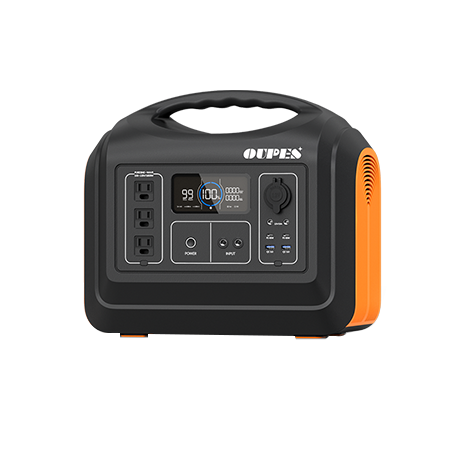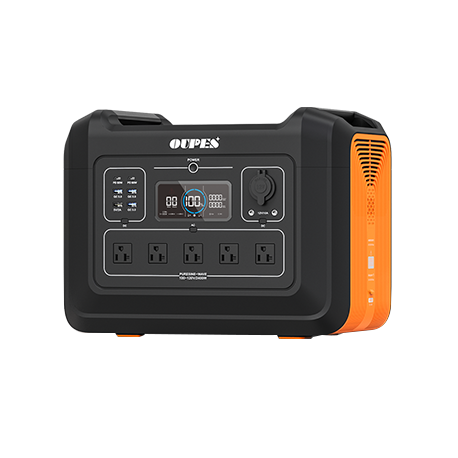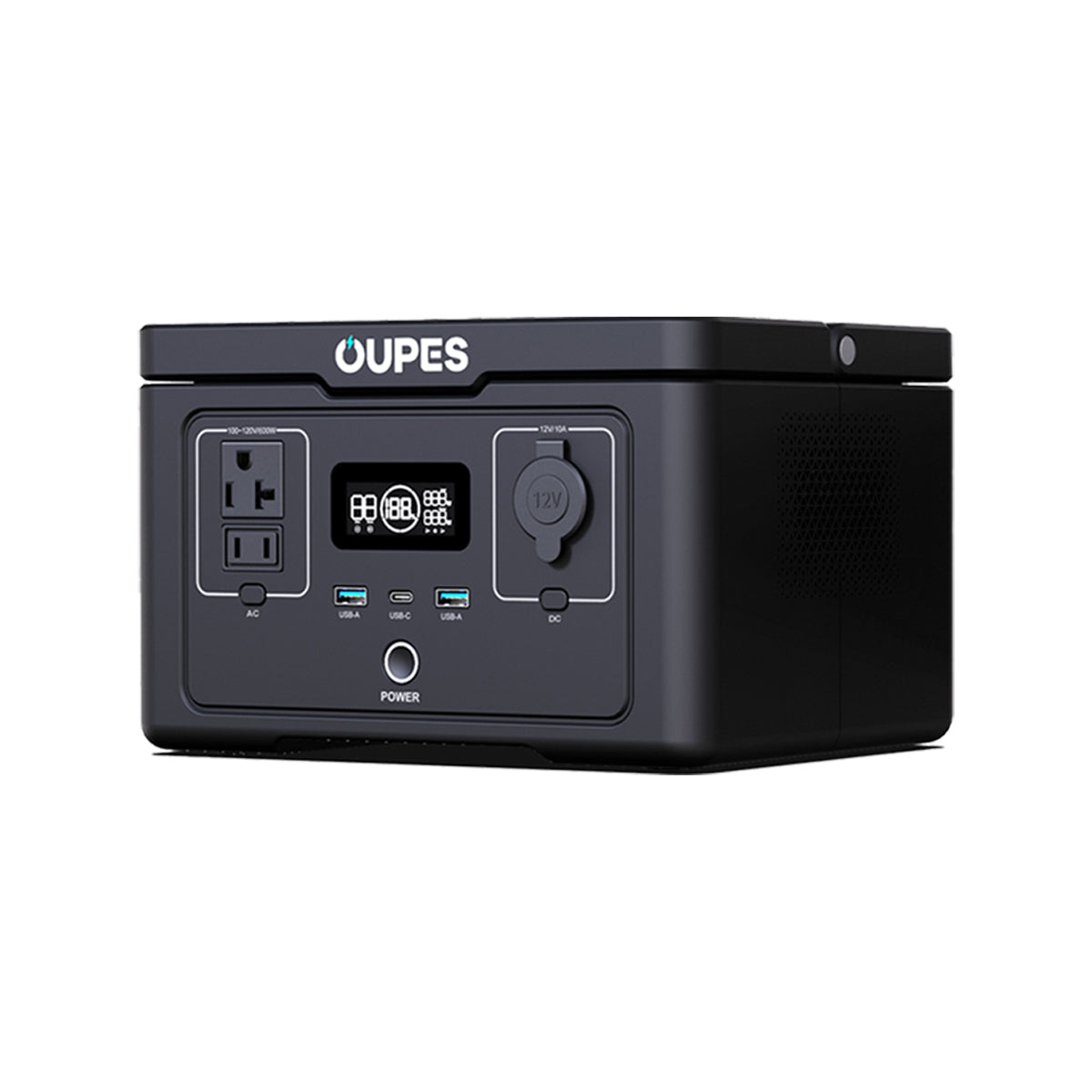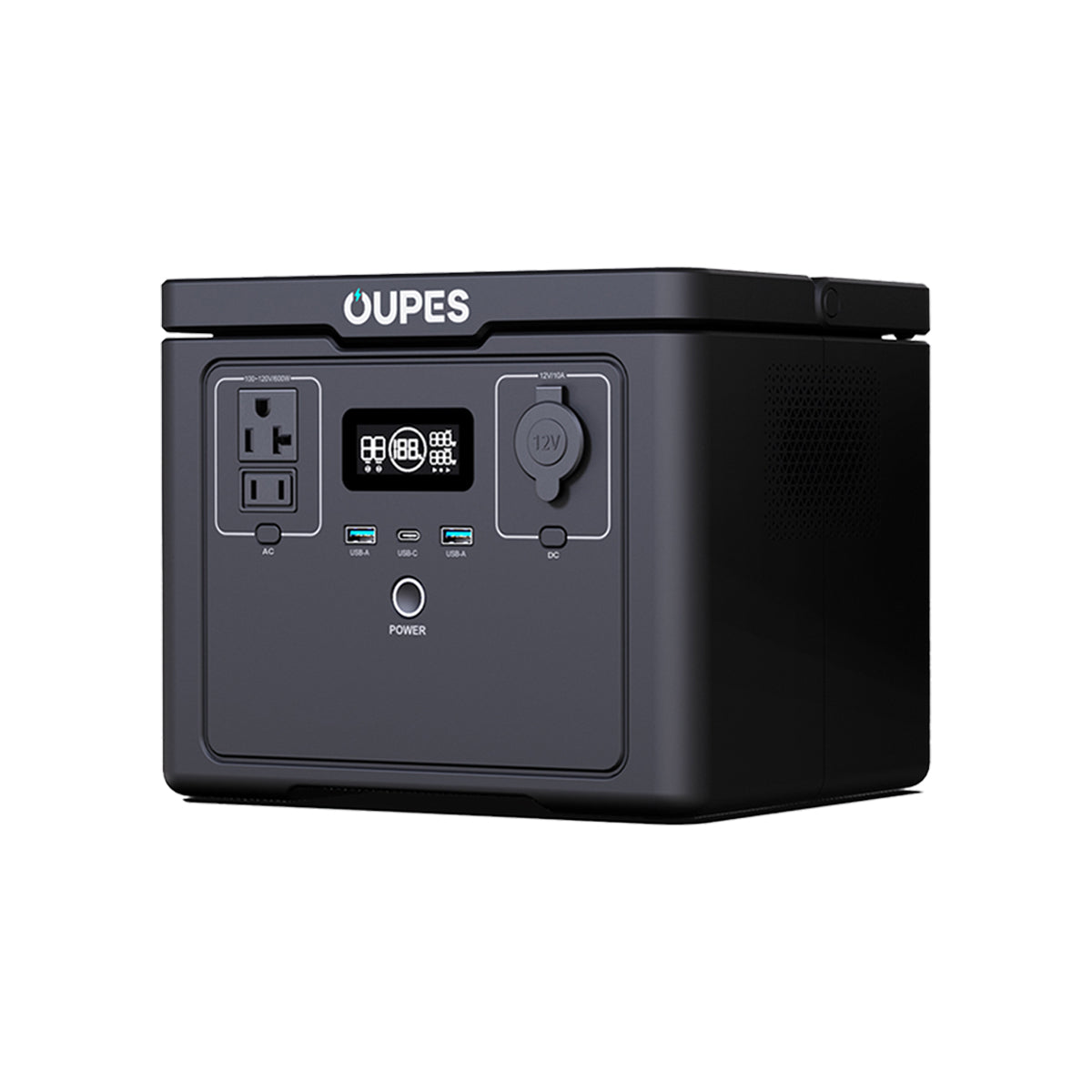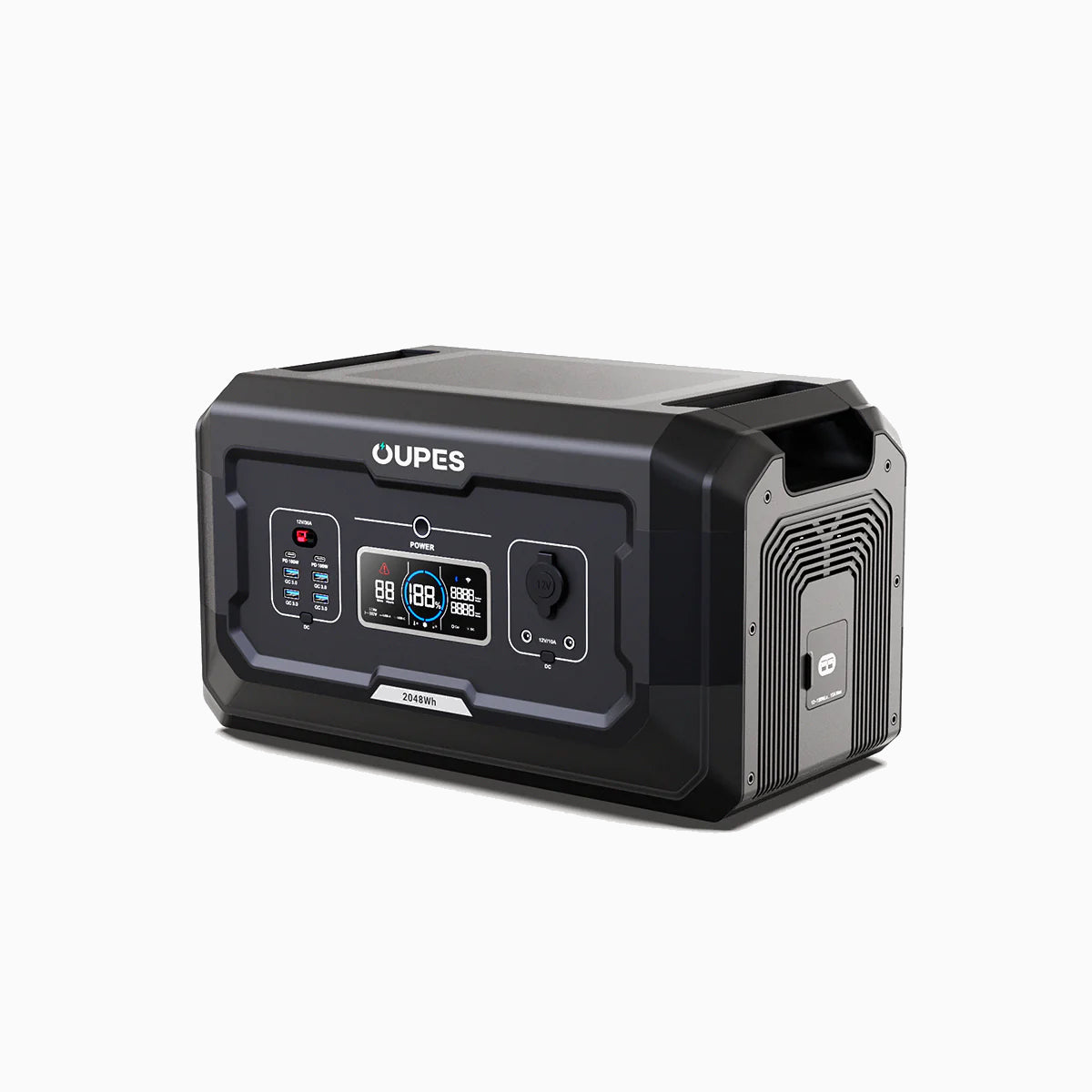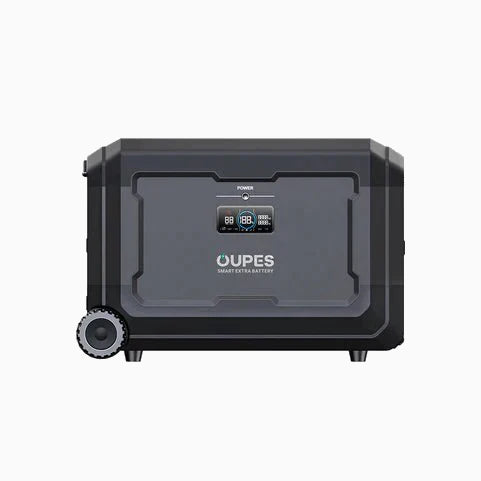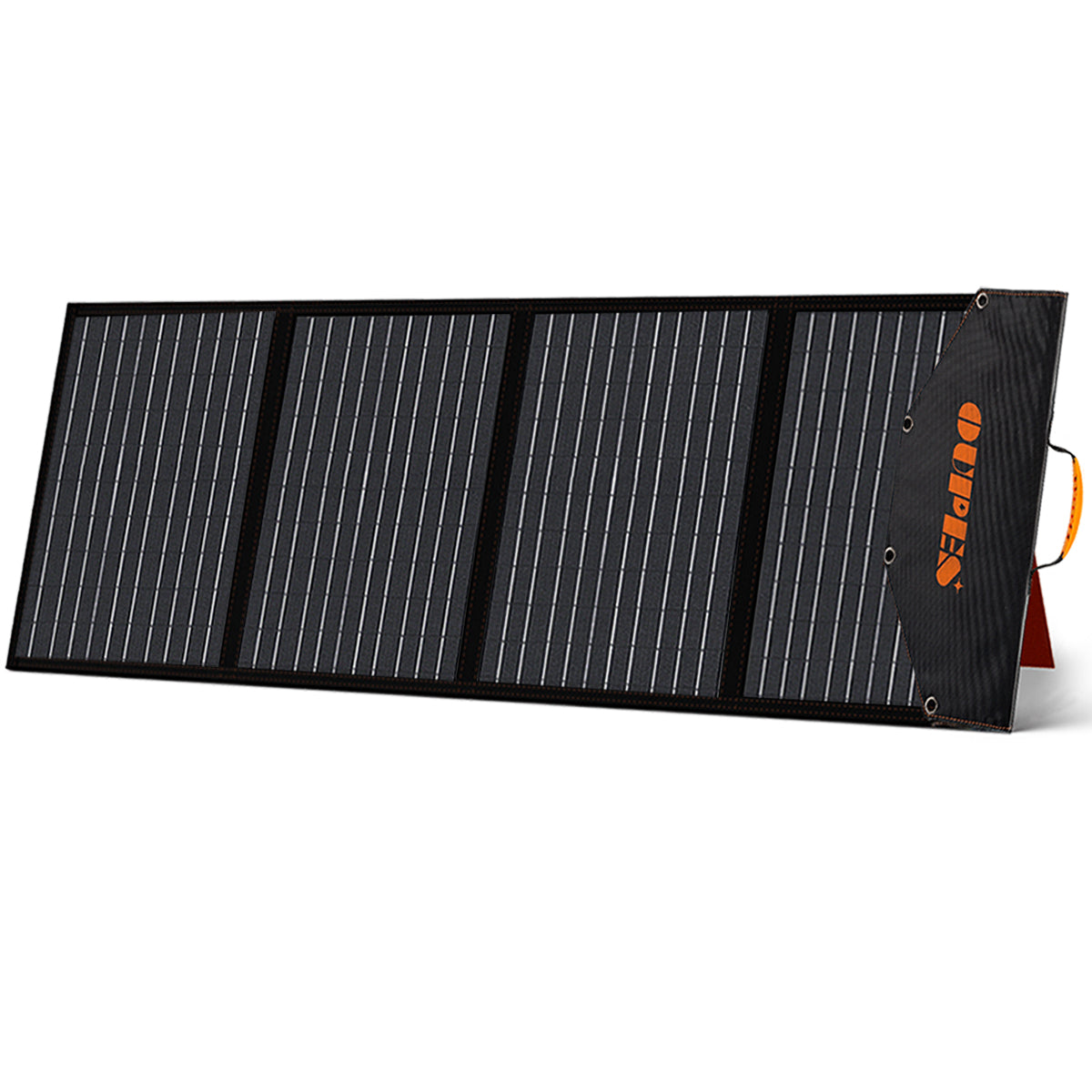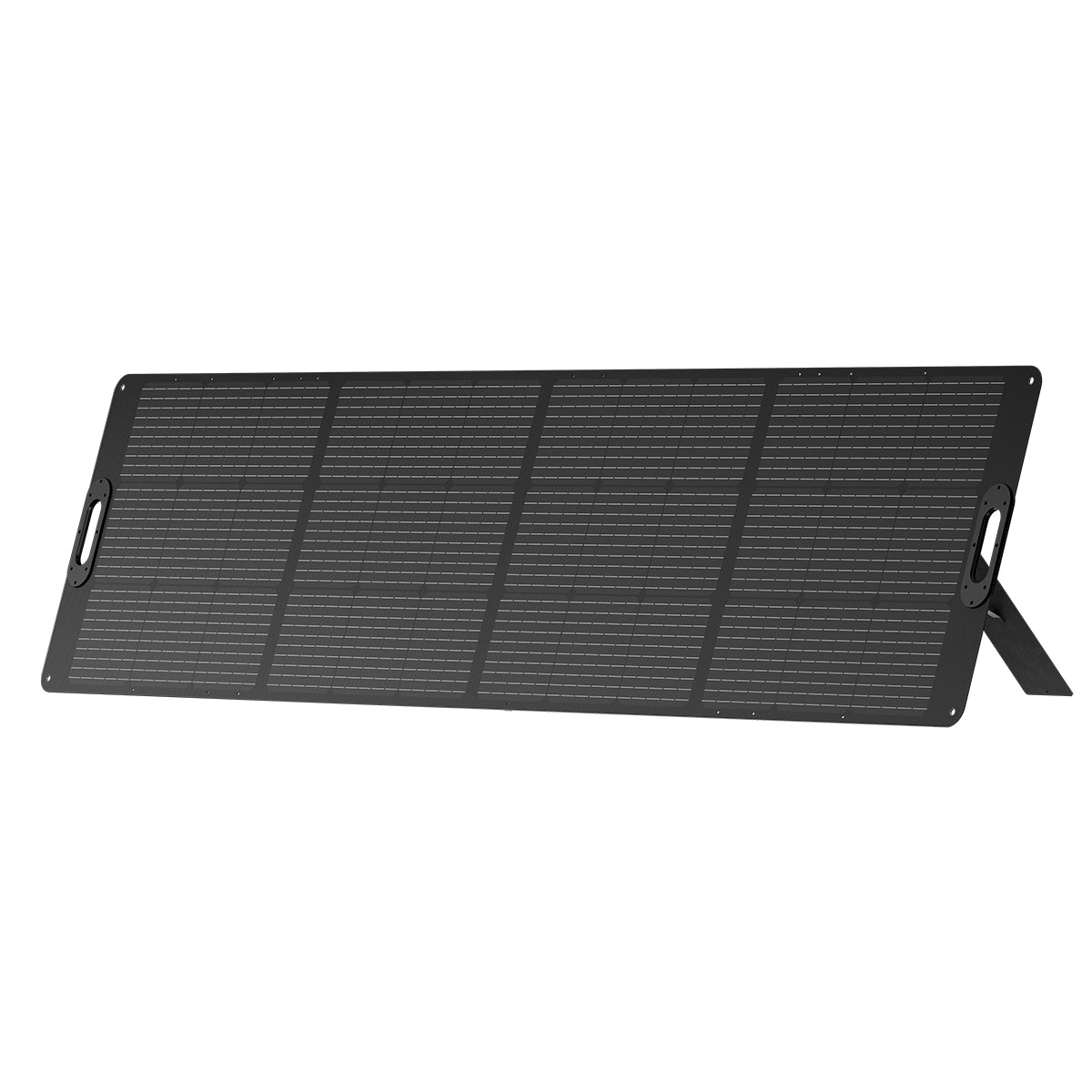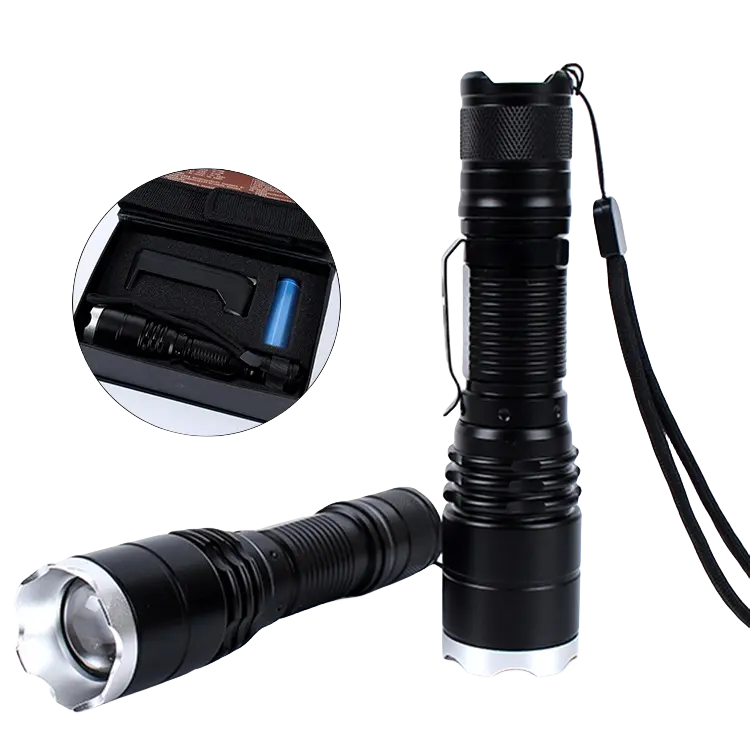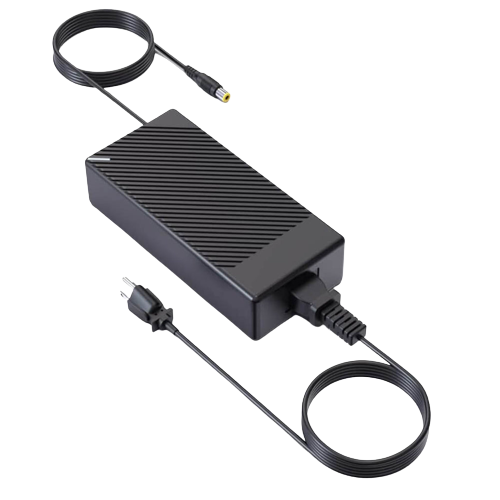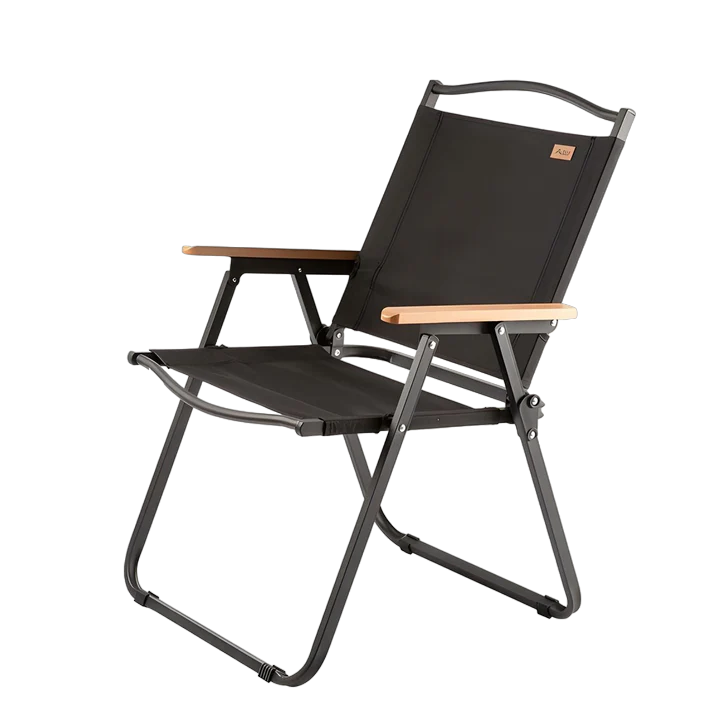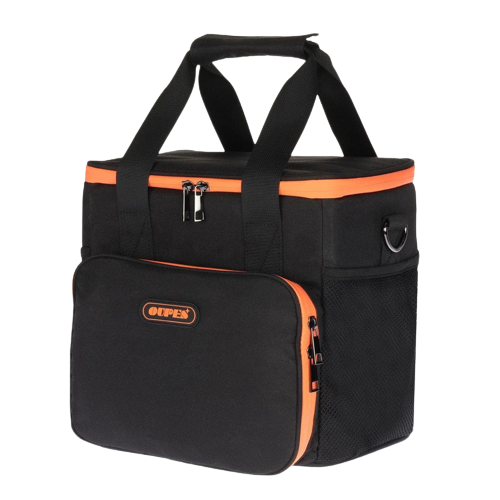Do Solar Panels Work on Cloudy Days?
When it comes to solar panels and solar generators, people always doubt their ability to work in cloudy weather. Could they actually power people in these weathers? The answer to this blog is: as long as you choose the right solar panel and solar generator, they can provide power for you at any time!
Do You Know What Is A Solar Panel And A Solar Generator?
A solar panel is a device that converts sunlight into electricity. A solar generator is a portable power source, usually using photovoltaic panels, that can be stored and used to power electronic devices. Solar panels are often found on rooftops or in large solar farms. They use photovoltaic cells to convert sunlight into electricity. The panels can be connected to form a larger array, or they can be used individually.
Solar generators are designed to be portable and self-contained. They may have a battery or other energy storage device built in, or they may rely on an external source of power such as an AC outlet or car charging port. Solar generators are typically used for camping, emergency preparedness, and emergency communications such as ham radios.
What is the relationship between the solar panel and the solar generator?
Solar panels are used to harvest sunlight and convert it into electricity. They are made up of photovoltaic cells, which are semiconductors that generate electricity when exposed to light. The solar panel is connected to a solar generator via an inverter, which converts DC (which is what the panels produce) into household AC (the type of current used by your home). The solar panel and the solar generator often work together as partners. As a solar collector, the solar panel converts light energy into electrical energy to charge the solar generator. And we can directly use the solar generator to charge devices, such as mobile phones, computers, etc.
How Do Solar Panels Generate Electricity?
A solar panel is a device that uses light from the sun to generate electricity. The panel contains solar cells, which are made up of layers of semiconducting material. When light hits the cell, it creates an electric field where electrons can move freely. If you put an electrical current through that field, you create a voltage and generate electricity. Before understanding how Solar panel generates electricity, we need to know their structure and material. There are two types of solar panels: monocrystalline silicon (mono) and polycrystalline silicon (poly). We will briefly introduce the characteristics of these two solar panels later.
How do they work?
As mentioned above, solar panels consist of photovoltaic cells, which are made of a material called silicon. When sunlight hits the cells, it excites electrons in the silicon atoms and knocks them out of bonds. This is called the photovoltaic effect. The free electrons flow through the solar panel's wiring and create an electric current. The current then flows to a battery or other device that can store for later use. Solar panels collect light from the sun and convert it into electricity. They do this by absorbing photons, or units of light energy, and converting them into electrons. The electrons flow through a circuit in the panel and produce an electric current, which can be directed to power electronic devices such as computers, phones, and lights.
4 Factors That Affect The Efficiency Of The Solar Panel:
The materials and workings of solar panels have been suggested above. From this, we can know that these factors are the key points that greatly affect their work efficiency. Next, this article introduces 4 factors that affect the efficiency of solar panels:
1. Solar Cell Type:
The efficiency of solar panels is dependent on the type of solar cell used. Different solar panels have different characteristics. Here is an introduction to the characteristics of monocrystalline silicon and polycrystalline silicon.
Polycrystalline silicon (poly): High light transmittance
The main body of the polycrystalline silicon solar panel is made of toughened glass, and its outstanding feature is that the light transmittance is very good. Even the light transmittance can reach more than 91%. If it is strong light, the light transmittance can even reach 100%. It is currently the material with the best light transmittance for solar panels on the market.
Monocrystalline silicon (mono): Higher photoelectric conversion rate
The photoelectric conversion rate of monocrystalline silicon solar panels is very high. Usually, its conversion rate is above 16%, and some brand products can reach 21%-22%, such as the solar panels of OUPES. A high photoelectric conversion rate means that the solar panel can convert more sunlight into electricity and generate more power. Correspondingly, this means that you will save a lot of waiting time.
2. Solar Panel Size:
The size of your solar panel will affect its efficiency. Smaller panels tend to be less efficient than larger ones because they cannot absorb as much light, but they are easier to install and less expensive.
3. Solar Panel Angle:
The angle at which your solar panels are facing when they're installed will affect their efficiency. If your panels are pointed directly toward the sun, they'll be more efficient than if you point them slightly away from the sun or toward an obstruction like a building or tree canopy.
4. Weather Conditions:
Weather conditions can also affect how efficiently your solar panels operate. For example, high winds can blow dust onto the surface of your panels, reducing their effectiveness until you clean them off again. The weather does have a great influence on the efficiency of the solar panel of the solar generator. Many people are worried that their solar panels will not be able to provide power to themselves on cloudy or cloudy days. However, this is not the case. Or, not all solar panels can't power you on a sunless day.
Do Solar Panels Work on Cloudy Days? Can Solar Panels Work In The Shade?
You can't see the sun on a cloudy day, but that doesn't mean it isn't there. The same is true for solar panels and your solar generators. Solar panels can provide power to people normally in cloudy weather. Solar panels work by absorbing sunlight and converting it into electricity. A solar panel's efficiency depends on the amount of sunlight it absorbs. The more sunlight, the more electricity it creates. However, even if it's cloudy or rainy outside, there are still ways for your solar panels to make energy for your home or business. Solar panels work best when exposed to direct sunlight, but as long as there is some sunlight available, your solar panel will convert some of that light into power.
Even if you live in an area where clouds rarely break through the sky, you can still get a small amount of power from your system by using an inverter along with a battery bank and charge controller. This setup allows you to store electricity during periods with high levels of sunlight so you can use it later when there aren't any clouds overhead.
In cloudy weather, monocrystalline silicon works better than polycrystalline silicon:
As mentioned above, polysilicon is characterized by strong light transmittance, which means it can generate a lot of energy for you on strong sunny days. However, if it comes to a low-light environment, its working ability will be far inferior to that of monocrystalline silicon solar panels. On the contrary, monocrystalline silicon has an extremely strong photoelectric conversion rate, which means that it can also provide power to you normally in a low-light environment.
In short, monocrystalline silicon also has an excellent ability to work in cloudy weather. What polysilicon can do, it can do. What polysilicon can't do, it does better. So it is more versatile. If you live in an area that is often cloudy, monocrystalline silicon solar panels will be more suitable for you.
How To Make the Most of Your Solar Panels On Cloudy Days?
Let's face it, we don't always get to enjoy the sun. In fact, cloudiness is one of the biggest barriers for solar panel owners. Whether it is a solar panel or a solar generator, the weather is a key factor. The good news is that you can buy monocrystalline silicon solar panels from OUPES, and they will "turn" your cloudy weather into a sunny one. The other good news is that there are things you can do to maximize your panels' output even on cloudy days.
Here are a few tips:
1. Get a Solar Panel Monitoring System:
A solar panel monitoring system will let you know how much power your solar panels are producing at any given time. This can help you make better use of the sun and plan your energy needs accordingly.
2. Use the Power Optimizers:
A power optimizer (or PWM) helps to regulate the current flowing through your solar panels and maximize their output. You can use them in addition to or instead of a charge controller. They're especially useful if you have an off-grid system that uses batteries for storage.
Conclusion:
To sum up, both solar panels and solar generators can work normally on cloudy days. And when choosing a solar panel type, monocrystalline silicon is a better choice because it has a high photoelectric conversion rate.

